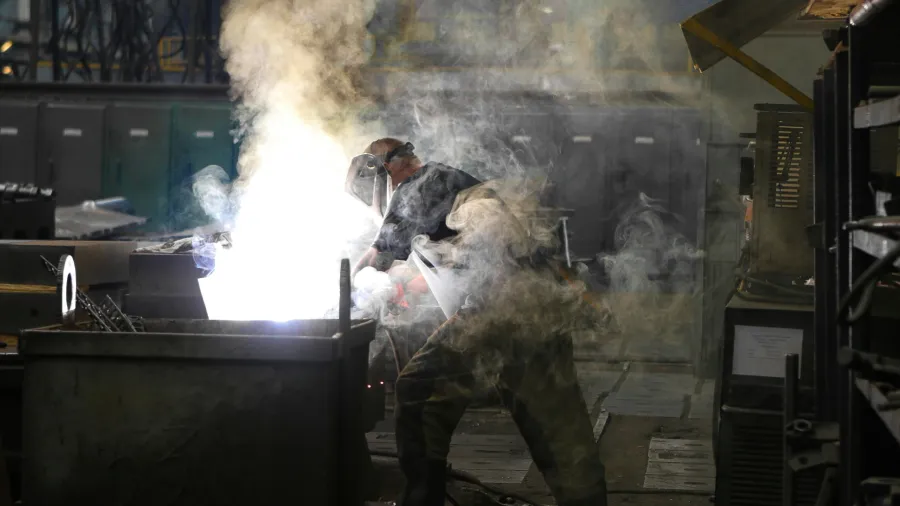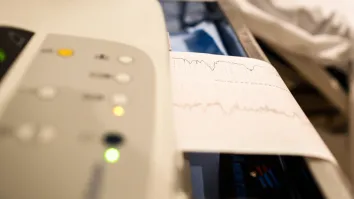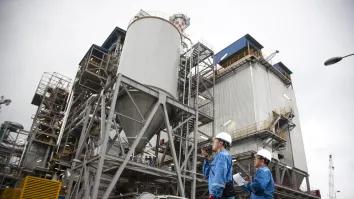
Manufacturing hits brakes for 2025
Blame it on geopolitical tensions and tariffs.
The manufacturing sector is seen to fail to continue its expansion this year amidst regional disputes and tariff uncertainties.
“We expect growth in the manufacturing sector to flatten out in 2025 as geopolitical tensions, and tariff uncertainties continue to cloud the outlook,” according to CGS International’s latest analysis.
It maintained its manufacturing growth forecast at 3.0 year-on-year for 2025, reflecting a cautious view that the rebound is unlikely to mark the start of a sustained uptrend.
Singapore’s Manufacturing Purchasing Managers' Index (PMI) remained in expansionary territory at 50.1 in September from 50.0 in August. This reflects that the overall manufacturing activity continued to expand modestly, supported by stable new orders and output levels.
The Electronics PMI also stayed expansionary at 50.7, indicating some resilience in production and export demand.
“However, we think this momentum may be difficult to sustain as sector-specific tariffs could weigh on growth prospects,” CGS International said.
Meanwhile, the city-state’s Industrial Production Index (IPI) surged by 16.1% in September, rebounding strongly from August’s 9.0% contraction and far exceeding Bloomberg’s consensus forecast of 0.5% and our estimate of -1.0%.
“Excluding the volatile biomedical manufacturing segment, output rose by 5.4% yoy, reversing Aug 25 4.4% decline. Gains were broadbased, with four of the six major clusters registering growth,” the analysis said.
The biomedical manufacturing cluster led the rebound with a sharp 45.9% expansion in September from a 37.4% contraction in August.
Biomedical output, which accounts for 14.1% of total manufacturing, surged 55.3% in September on the back of higher pharmaceutical production. Electronics output also rose 13.2% backed by stronger global demand for chips.
“However, we view this sharp rebound as largely a one-off event. The surge in biomedical manufacturing was primarily driven by production volatility. The sector tends to fluctuate depending on the mix of biological products and the timing of export shipments, suggesting the spike reflects normalisation rather than a structural pickup in demand,” CGS International said.
Meanwhile, the improvement in electronics likely stemmed from temporary restocking and a short-term boost in server-related products tied to AI and data centre investments.
“Looking ahead, we think momentum in manufacturing should remain fragile. Uncertainties surrounding US-led tariffs and ongoing pressures to shift semiconductor production to the US continue to pose downside risks, though the extent of the impact will depend on how these policies are eventually implemented,” CGS International said.



















 Advertise
Advertise








